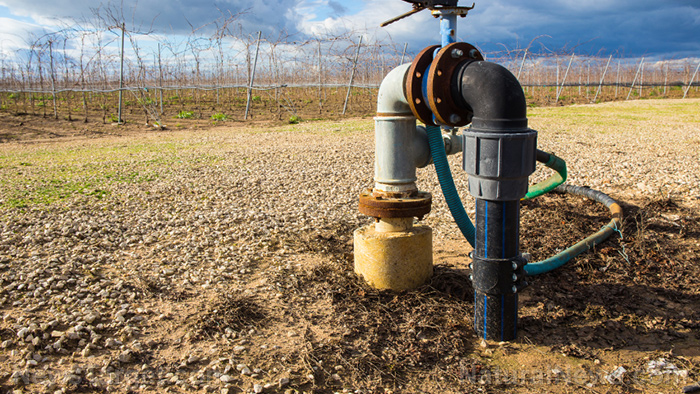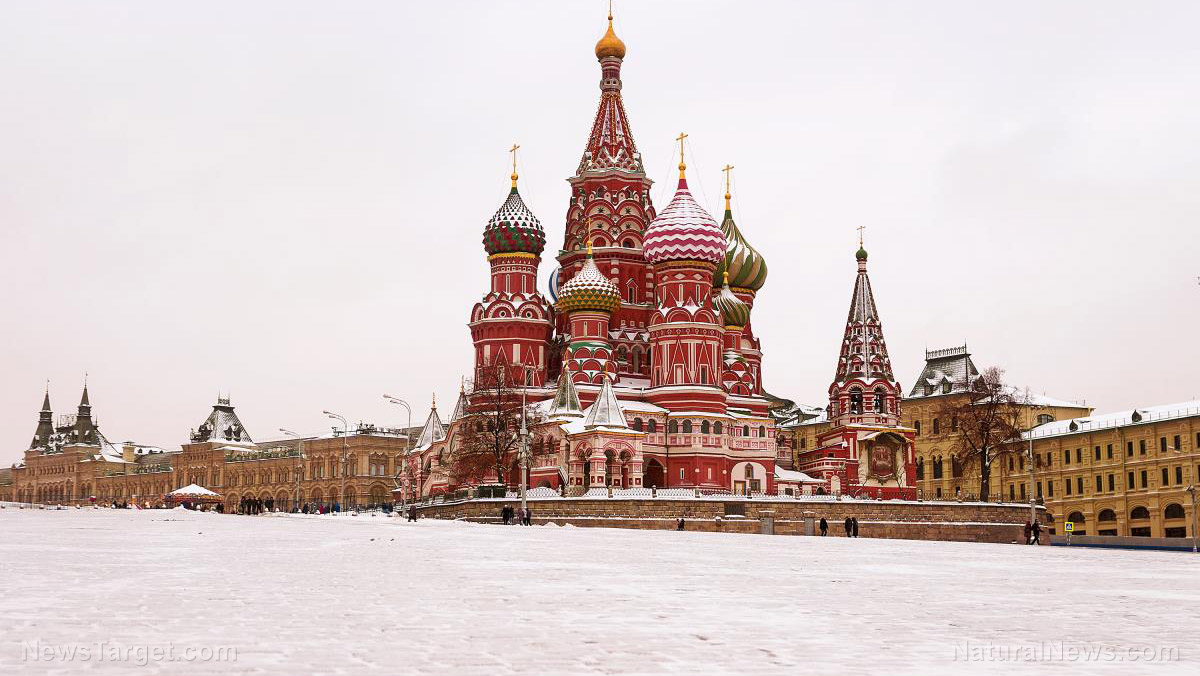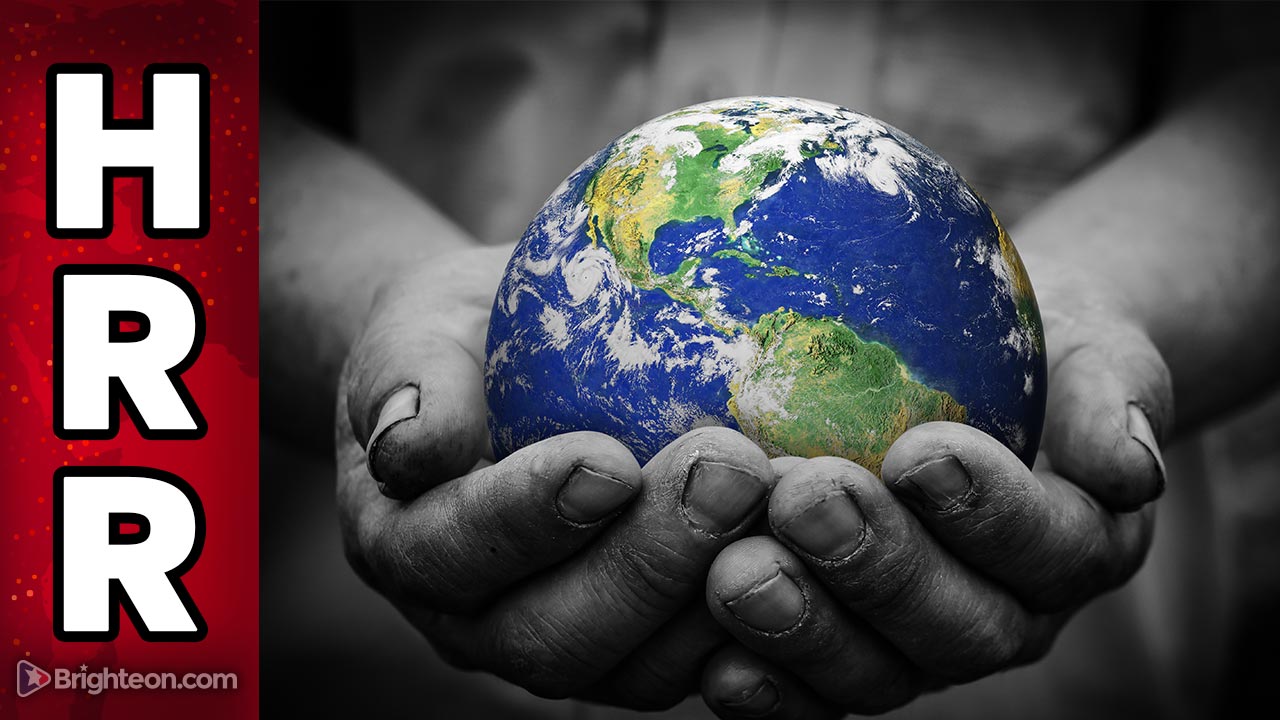 Parler
Parler Gab
Gab
California unaffected by cuts despite being biggest user of Colorado River water
California, the biggest user of the Colorado River's water and the most populous state in the west, will not be affected by any water cuts next year. The federal government claimed that California was spared any water cuts because it has more senior water rights than Arizona and Nevada, meaning that it will be one of the last states to give up any water. Officials from other western states have criticized this development. "It is unacceptable for Arizona to continue to carry a disproportionate burden of reductions for the benefit of others who have not contributed," said Arizona's Department of Water Resources Director Tom Buschatzke and Central Arizona Project General Manager Ted Cooke, in a joint statement. Before the federal intervention, Arizona and Nevada came up with a mutual plan that would have been close to proportional to water use, but both the Reclamation Bureau and the state government of California rejected the deal. Learn more about the water supply problems in America at WaterWars.news. Watch this clip from David DuByne as he discusses how the droughts are causing massive crop losses. This video is from the Adapt 2030 | Solar Minimum channel on Brighteon.com.More related stories:
Cost of water in California hits all-time high amid enduring drought that threatens cities, massive agriculture industry. Food supply THREAT: If California cuts off water to farms, ALL of America will face food shortages. Glen Canyon Dam close to shutting down as Lake Powell water levels continue to drop. Ring the ALARM! Today's water crisis isn't a fire drill – It's apocalyptic. Lake Mead is less than 150 feet away from becoming a "dead pool," making much of the Southwestern U.S. uninhabitable. Sources include: News.Yahoo.com APNews.com 1 APNews.com 2 Brighteon.comPoll reveals majority of Arizonans want a BORDER WALL in the Grand Canyon State
By Ramon Tomey // Share
California’s ongoing drought has left over half a million acres of farmland unplanted
By Arsenio Toledo // Share
Russian journalist and daughter of Putin’s trusted ally killed in car bombing
By Kevin Hughes // Share
Governments continue to obscure COVID-19 vaccine data amid rising concerns over excess deaths
By patricklewis // Share
Tech giant Microsoft backs EXTINCTION with its support of carbon capture programs
By ramontomeydw // Share
Germany to resume arms exports to Israel despite repeated ceasefire violations
By isabelle // Share










